Open
11:00-18:00
(Fri.-19:00)
Closed on Sun., Mon. and National Holidays
Admission FREE
|

|
 |
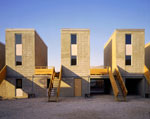
|
Quinta Monroy Housing
(Iquique, Chile/ 2004)
©Tadeuz Jalocha |
 |
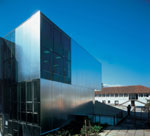
|
School of Architecture
(The Catholic University of Chile, Santiago, Chile/ 2004)
©Tadeuz Jalocha |
 |
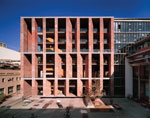
|
Medical School
(The Catholic University of Chile, Santiago, Chile/ 2004)
©Roland Halbe |
 |
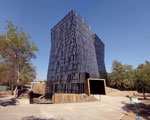
|
Siamese Towers
(The Catholic University of Chile, Santiago, Chile/ 2005)
©Víctor Oddó |
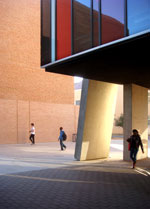
|
Saint Edward's University Dorms
(Austin, Texas, USA/ 2008)
©Michael Hsu |
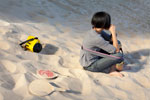
|
Chairless
(2010)
Photo:Nicole Bachmann
©Vitra |
|